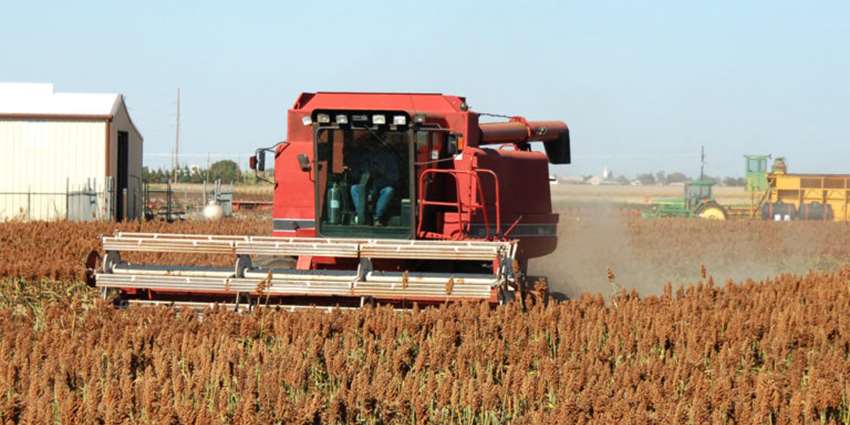Grain sorghum production is highly susceptible to changes in climatic conditions, more so than to different irrigation regiments a producer might implement on the crop, according to a Texas A&M AgriLife Research modeling study.
The results of the study, “Simulation of efficient irrigation management strategies for grain sorghum production over different climate variability classes,” were recently published in Agricultural Systems journal.
Dr. Srinivasulu Ale, an AgriLife Research geospatial hydrologist in Vernon, completed the study with Kritika Kothari, a doctoral student, and Dr. Clyde Munster, senior professor, both in the Texas A&M Department of Biological and Agricultural Engineering, College Station.
Other collaborators were Jim Bordovsky, AgriLife Research at Halfway; Dr. Dana Porter, Texas A&M AgriLife Extension Service in Lubbock; and Kelly Thorp, U.S. Department of Agriculture Arid Land Agricultural Research Center, Arizona.
The Ogallala Aquifer Program provided partial funding for this study.
Ale said efficient use of irrigation water is critical for the sustainability of agriculture in the Texas High Plains. Grain sorghum is one of the major crops grown in the region, and it is known for its drought tolerance and lower water requirement compared to other cereal crops.
Several irrigation management scenarios were simulated in the study to suggest optimum irrigation management decisions for grain sorghum production in the region.
The differences in grain sorghum yield and water-use efficiency were greater across climate variability classes than between irrigation scenarios, suggesting that grain sorghum production is highly susceptible to changes in climatic conditions.
Read the full AgriLife Today article.

